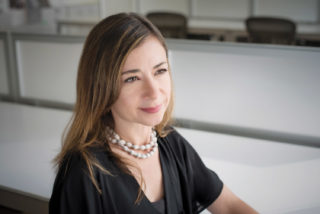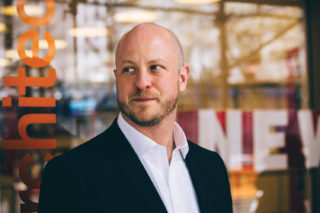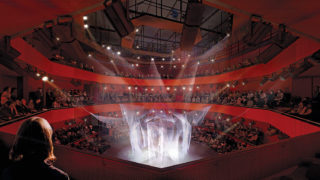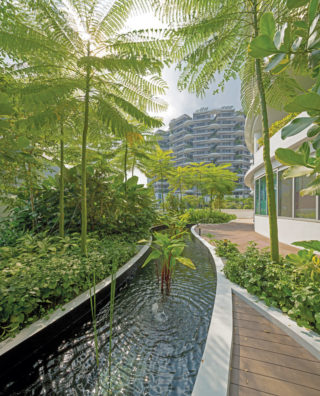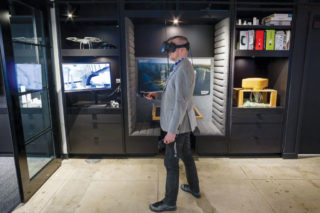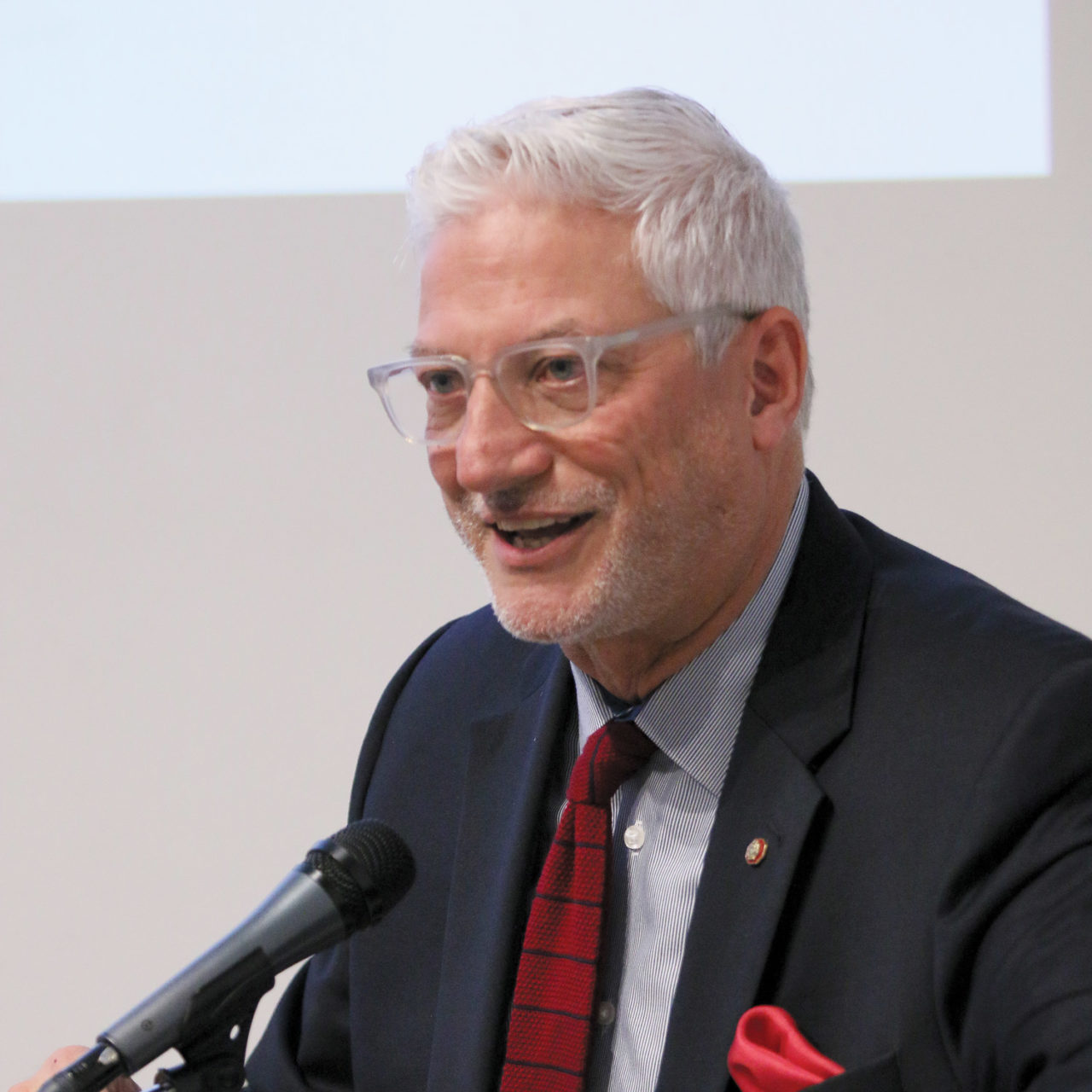
For decades, architects have been committed to improving the sustainability of their buildings. Sustainability is now a top priority for many design projects. LEED has become the international standard for sustainable design; hundreds of thousands of square feet are certified per day. At AIA New York, we regularly work with members, industry stakeholders, and all levels of government to promote sustainable design.
One area of sustainability, however, has until recently gone largely unnoticed by our field. While energy reduction, water efficiency, and material selection have long been the subjects of architectural attention, waste management is a new, often unexamined, frontier in sustainable design.
In 2016, members of the AIANY Committee on the Environment recognized this oversight and, with the support of The Rockefeller Foundation, gathered a group of architects, designers, building managers, and waste professionals to undertake an unprecedented examination of how waste flows through our buildings and neighborhoods. Participants met in multidisciplinary workshops and made over 40 site visits to evaluate a range of strategies for different building types and sizes. The result of this process was our Zero Waste Design Guidelines, meant to help New York City achieve its goal of sending zero waste to landfill by 2030. The guidelines offer practical advice, but also serve as an inspiration to undertake more ambitious initiatives and cultivate broader conversations about waste in our city.
Since the publication of the guidelines, AIANY and the Center for Architecture have continued to engage architects and the public on the design of waste management. AIANY COTE member and guidelines author Clare Miflin has led zero waste lunch-and-learns at architecture and design offices throughout the city. And this summer, the Center hosted “Designing Waste: Strategies for a Zero Waste City,” an exhibition that examined New York City’s overlooked gray spaces for trash—the trash rooms, basement corridors, loading bays, and sidewalks where waste is closest to us.
The Center for Architecture took the exhibition as an opportunity to directly engage firms and offices on their waste practices. In June, we launched the AIANY Zero Waste Challenge with the support of the Durst Organization, which invited offices of all sizes to reduce waste generation and increase diversion rates. Twenty firms committed and worked with zero waste consultant Think Zero to develop waste management plans tailored to their spaces. Results will be shared at a program on October 9.
The Center for Architecture also signed up. As part of our efforts, staff waste disposal has been centralized to four main stations. We’ve enrolled in GreeNYC’s Stop Junk Mail program and have decreased the volume of magazines and periodicals sent to our offices. With more than 200 events and tens of thousands of visitors annually, improving waste disposal practices for our programs and public spaces is an important priority. As a first step, we have switched to compostable cups, dishware, and cutlery, and will be working with our caterers to use ceramic plates and reusable service items in lieu of plastic. And this fall, for the first time ever, our annual Heritage Ball will be going paperless.
We hope that the improvements at the Center for Architecture and at the offices of Zero Waste Challenge participants will inspire more New Yorkers to engage in better waste practices at home and at work. Even small changes—removing deskside printers and bins, cutting down on printouts—can make a difference in how much waste we divert from landfills!








